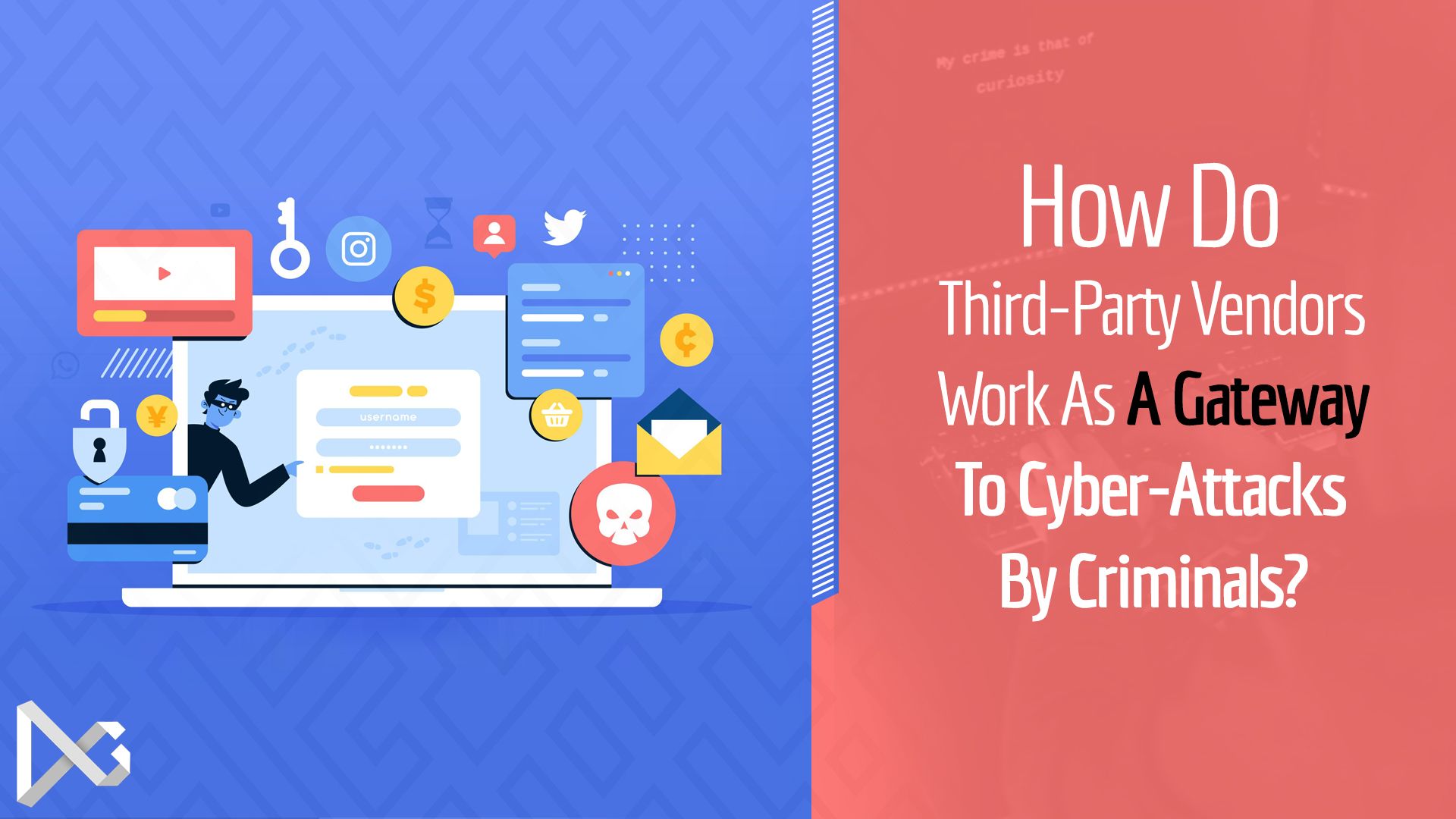The Risks of Third-Party Vendors: A Gateway to Cyber-Attacks
Understanding the Vulnerabilities and Safeguarding Your Business Against Cybercriminals by using Third-Party Vendors

Third-party vendors are a common part of the business world, and they can provide a number of benefits to businesses. However, third-party vendors also pose a risk to businesses, as they can be a gateway for cyber-attacks.
In recent years, businesses have increasingly become dependent on third-party vendors to maintain their systems/infrastructure as well as provide various services to clients. However, most companies have not invested in third-party vendor management programs, thereby increasing cyber-attacks. Several organizations and agencies such as online retailer Target Corporation, Marriott Corporation hotel chain, and the United States Office of Personnel Management have faced cyber criminals' attacks due to lack of adequate security when interacting with third-party vendors. As a result, third-party vendors can be described as one of the gateways to being exploited by cyber-criminals.
How third-party vendors can be a gateway for cyber-attacks:
The rise in third-party data breaches has resulted in exposing organizations’ private data as well as other massive adverse impacts. In most cases, third-party-related threats exist when the client provider's or third-party system or connection between the two parties is unsecure. Companies are likely to work with several third-party vendors during their daily operations from human resources, web development, design, and other service providers. Granting these service providers remote access to the organization's network results in creating a new threat vector. More so, connection to physical connectors such as integrating security systems with cameras, building management systems printers, and HVAC, among others, often increases an organization’s proneness to cyber-attacks. The increased use of the Internet of Things (IoT) operated through third-party vendors has increased cyber-criminals' abilities to gain access to firms' data and systems.
Third-party vendors can be a gateway for cyber-attacks in a number of ways. For example, third-party vendors may have access to sensitive data, such as customer information or financial data. If a third-party vendor is hacked, this data could be compromised. Additionally, third-party vendors may not always have the same level of security as the businesses they work with. This means that if a third-party vendor is hacked, the business they work with may also be hacked.
Risks of using third-party vendors:
There are a number of risks associated with using third-party vendors. These risks include:
- Data Breach: Third-party vendors may have access to sensitive data. If a third-party vendor is hacked, this data could be compromised.
- Malware Infections: If the third party vendor gets infected by malware, it could impact your organization and malware could get into your system throught the vendor.
- Ransomware Attacks: Most of the ransomeware attacks happen using Third-party vendor, where they don't have robust security and cyber defense in place.
- Distributed Denial of Services (DOS) Attacks: Your business could hit DDOS attacks through the Third-party vendor's systems.
- Compliance Failures: Third-party vendors may not always be in compliance with the same regulations as the businesses they work with. This could lead to compliance failures for the businesses they work with.
- Reputation Damage: If a third-party vendor is hacked, this could damage the reputation of the businesses they work with.
How to mitigate the risks of using third-party vendors:
There are a number of things businesses can do to mitigate the risks of using third-party vendors. These include:
- Identify Vendor and Validate Risk Profile: Before you work with a third-party vendor, it is important to do your research and make sure they have a good product and security practice in place. Conduct a risk assessment for each vendor to evaluate their cyber security posture, policies, practices, and controls. You can use various methods such as questionnaires and audits to gather information about their cyber risk profile.
- Security and Compliances: When you work with a third-party vendor, it is important to make sure they have security process and 3rd party compliances in place. It is important to monitor them to make sure they are in compliance with your requirements and that they are taking the necessary steps to protect your data.
- Private Cloud: Most of the vendor now a days offer private cloud option for their services, that will create a separate private environment for your business. It would be great way to monitor the security and controls for your organization in your dedicated cloud instance.
- Implement a Vendor Risk Management Program: The high rate of third-party breaches can be attributed to a lack of vendor risk management programs among most firms seeking third party services. The programs are essential in helping organizations manage and monitor their vendors and interactions. Notably, the implementation of effective programs will ensure that organizations and their third-party vendors are secure, reducing the risk of cyber-attacks and costly liabilities.
The use of third-party vendors to facilitate organizations' operations and service delivery has led to the emergence of new cyber-related threats. The best approach to mitigate these threats is for companies to invest in imposing cyber-security standards on their third parties vendors.

